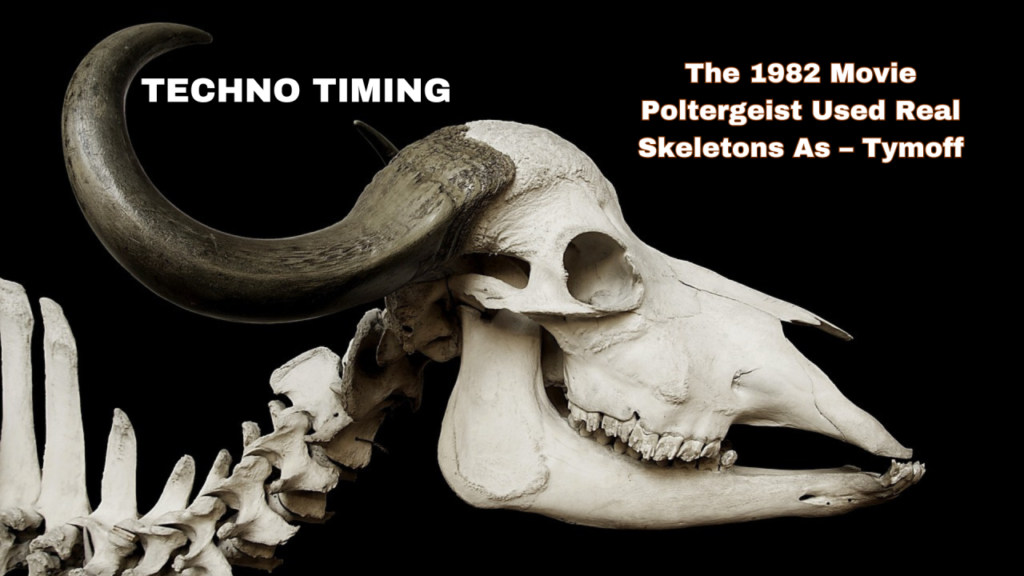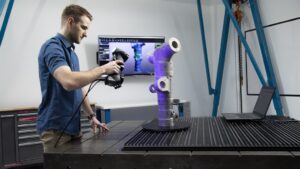
the 1982 movie poltergeist used real skeletons as - tymoff
Introduction to the 1982 movie poltergeist used real skeletons as – tymoff
the 1982 movie poltergeist used real skeletons as – tymoffThe 1982 movie Poltergeist is a classic horror film that has intrigued and terrified audiences for decades. Directed by Tobe Hooper and produced by Steven Spielberg, the film is notorious not only for its supernatural storyline but also for the real-life rumors and legends that surround its production. One of the most spine-chilling rumors is that real skeletons were used during the filming of certain scenes. This article delves deep into this eerie claim, exploring the facts, myths, and the impact it had on the cast and crew.The 1982 Movie Poltergeist Used Real Skeletons As – Tymoff
The 1982 Movie Poltergeist: An Overview
Poltergeist follows the story of the Freeling family, whose home becomes haunted by malevolent spirits. The film is renowned for its groundbreaking special effects and the terrifying performance of young actress Heather O’Rourke as Carol Anne. The movie’s tagline, “They’re here,” has become iconic in the horror genre.The 1982 Movie Poltergeist Used Real Skeletons As – Tymoff
The Claim: Real Skeletons Used on Set
The most infamous claim about Poltergeist is that real human skeletons were used during the filming of certain scenes, most notably the pool scene. This claim has been confirmed by various sources, including the film’s actress JoBeth Williams. But why were real skeletons used instead of fake ones?The 1982 Movie Poltergeist Used Real Skeletons As – Tymoff
Hollywood’s Use of Real Skeletons: A Common Practice?
In the early days of filmmaking, using real skeletons was not uncommon. Real skeletons were often cheaper and more accessible than creating realistic replicas. This practice wasn’t limited to Poltergeist; other films like The House on Haunted Hill and Frankenstein also allegedly used real human remains.The 1982 Movie Poltergeist Used Real Skeletons As – Tymoff
The Pool Scene: A Closer Look
One of the most terrifying scenes in Poltergeist is when JoBeth Williams’ character, Diane, falls into a swimming pool filled with skeletons. The eerie realism of the scene has been attributed to the use of real skeletons. Special effects artist Craig Reardon confirmed that real skeletons were used because they were more cost-effective than plastic ones.
The Ethical Dilemma
The use of real skeletons raises significant ethical questions. The decision to use human remains for the sake of a film’s authenticity can be seen as disrespectful to the deceased. This controversy has sparked debates about the ethics of special effects in horror movies and the lengths filmmakers should go to achieve realism.
Impact on the Cast and Crew
The alleged use of real skeletons had a profound psychological impact on the cast and crew. JoBeth Williams reported feeling uneasy and experiencing strange occurrences on set. Many believe that using real human remains contributed to the so-called “Poltergeist curse,” a series of tragic events that befell several cast members.
The Poltergeist Curse: Fact or Fiction?
The Poltergeist curse is one of the most enduring Hollywood legends. Several cast members, including Heather O’Rourke and Dominique Dunne, met untimely deaths shortly after the film’s release. While some attribute these tragedies to coincidence, others believe that disturbing the dead during filming could have unleashed a curse.
Debunking the Myths
While the use of real skeletons is confirmed, many other aspects of the Poltergeist curse have been debunked. For instance, the deaths of O’Rourke and Dunne, though tragic, were not directly linked to the film’s production. Skeptics argue that the notion of a curse is a way to add mystique and horror to an already eerie film.
Special Effects and Realism in Horror Films
Poltergeist set a new standard for special effects in horror films. The decision to use real skeletons, while controversial, contributed to the film’s lasting impact. This section explores how special effects have evolved and the balance between realism and ethical considerations in modern filmmaking.
Audience Reactions and Cultural Impact
The revelation that real skeletons were used in Poltergeist shocked audiences and added to the film’s terrifying legacy. This section examines how audience perceptions of the film changed after learning about this fact and the cultural impact of such revelations on the horror genre.
Comparative Analysis: Real Skeletons in Other Films
While Poltergeist is the most well-known example, other films have also used real skeletons. This section provides a comparative analysis, looking at how other movies handled the use of human remains and the reactions from both cast members and audiences.
Behind the Scenes: Interviews and Testimonials
Insights from interviews with the Poltergeist cast and crew provide a behind-the-scenes look at the production. Testimonials from JoBeth Williams, Craig Reardon, and other key figures offer a firsthand account of their experiences and the decision-making process behind using real skeletons.
The Legacy of Poltergeist
Poltergeist remains a pivotal film in the horror genre. Its legacy is not only defined by its supernatural storyline and special effects but also by the real-life legends that surround its production. This section explores how Poltergeist continues to influence horror films and its place in cinematic history.
Conclusion
The use of real skeletons in the 1982 movie Poltergeist adds a chilling layer to the film’s legacy. While the ethical implications are debatable, the decision undeniably contributed to the film’s eerie realism and enduring impact. Whether viewed as a necessary artistic choice or a macabre misstep, the truth behind Poltergeist continues to fascinate and terrify audiences.



